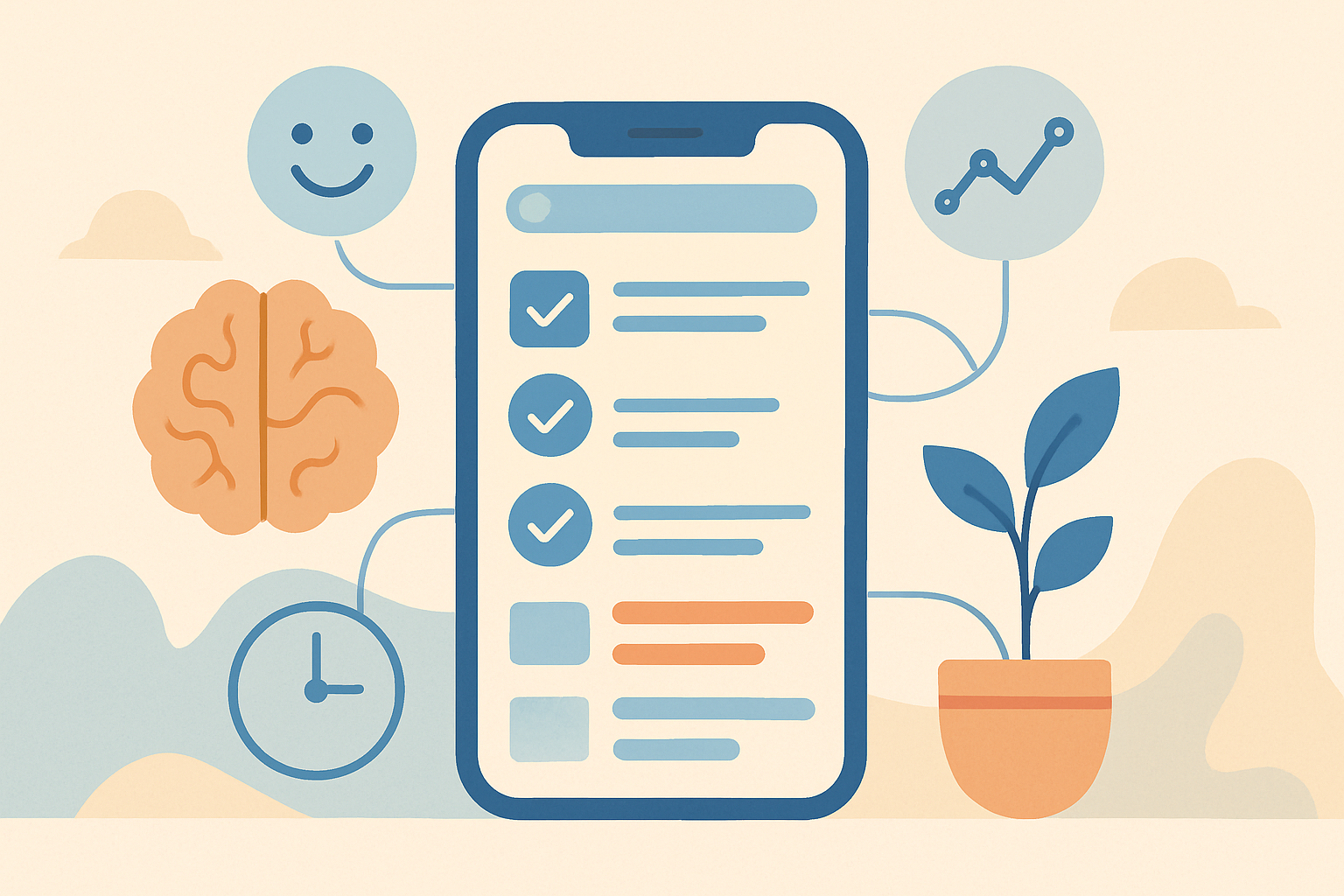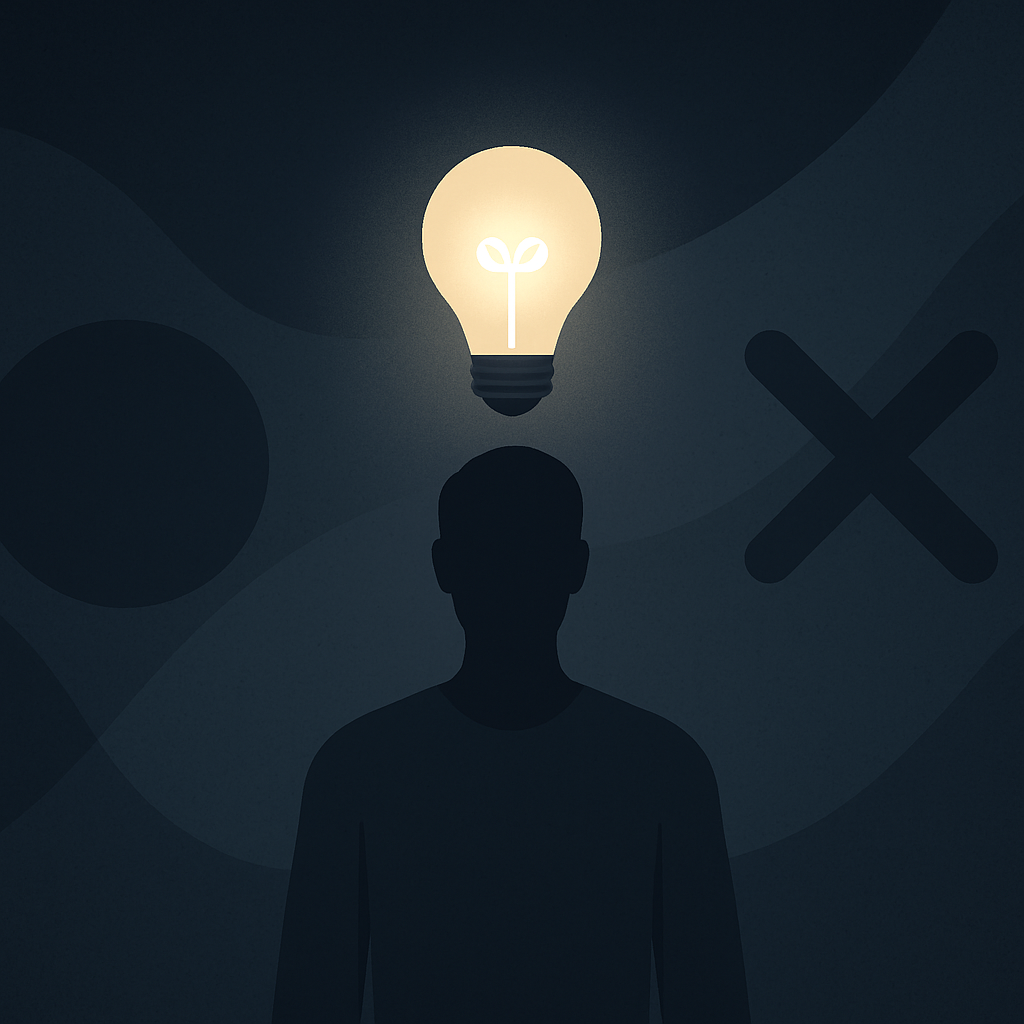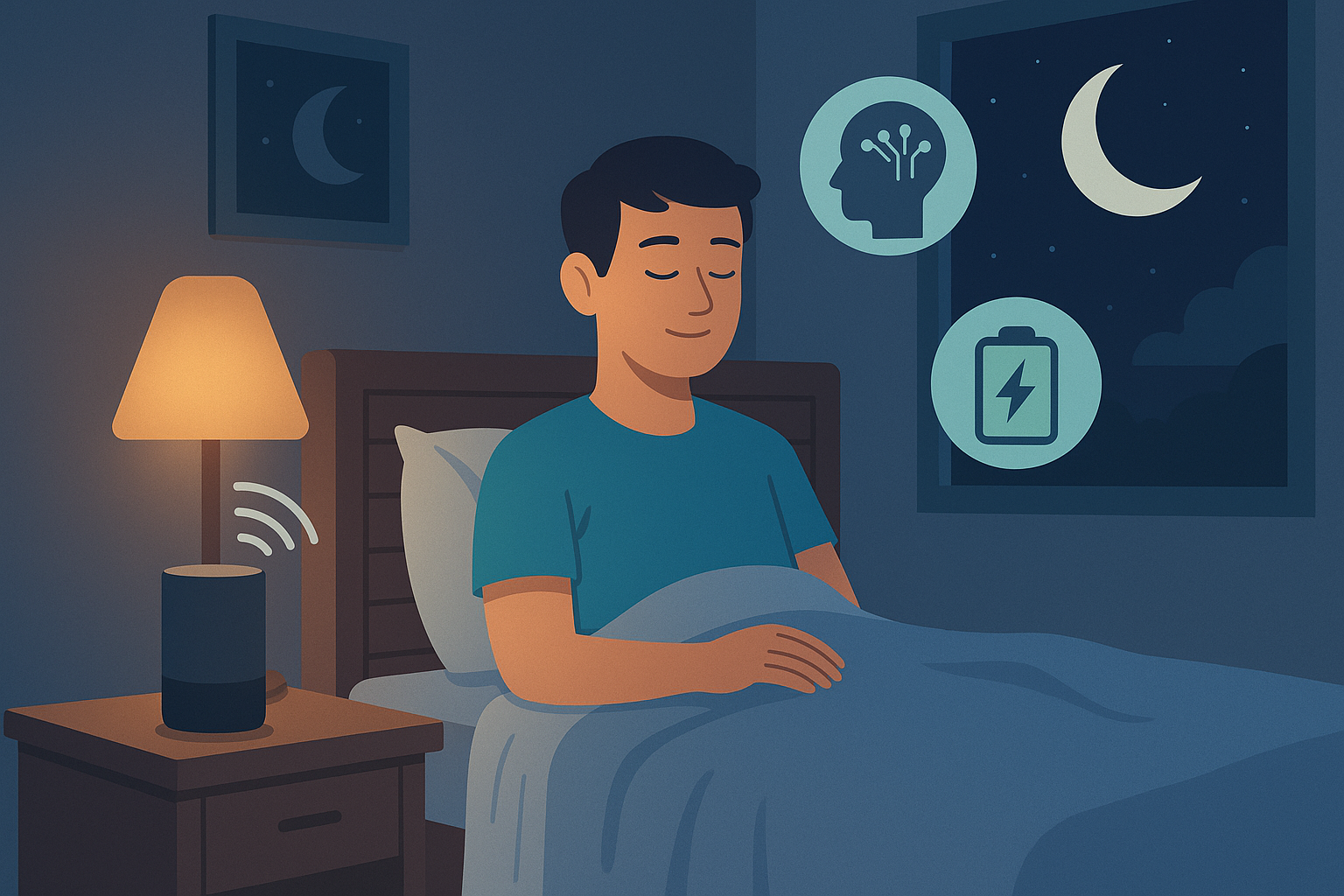Digital Wellness Our lives are increasingly defined by screens — messages, feeds, notifications, and infinite updates.
The result is cognitive exhaustion, shallow focus, and the constant feeling that your attention no longer belongs to you.
What was meant to connect us has slowly begun to drain us.
Yet ironically, the solution may come from the same source that caused the problem.
Artificial intelligence is redefining digital wellness, offering tools that protect focus, manage information flow, and restore mental space.
This is not about disconnecting from technology — it’s about making technology humane again.

Understanding the Age of Overload
Digital overload occurs when the amount of digital input exceeds your cognitive capacity.
Every notification, email, and algorithmic recommendation adds to your mental load, fragmenting concentration and shortening attention spans.
According to the American Psychological Association, people switch between digital tasks more than 500 times per day, significantly increasing stress hormones like cortisol.
Over time, this leads to fatigue, decreased motivation, and even burnout.
Digital wellness seeks to reverse that pattern.
It’s the discipline of using technology intentionally — not compulsively — through systems that support focus and emotional regulation.
And now, AI is turning that concept into practice.
How AI Redefines Digital Wellness
Artificial intelligence doesn’t just automate work; it optimizes how we interact with our digital world.
By learning our behaviors, AI tools can detect signs of overload, reorganize digital environments, and reduce friction between focus and distraction.
Example:
- Reclaim AI identifies your high-focus hours and automatically blocks distracting meetings or notifications.
- Notion AI summarizes digital clutter — emails, notes, or tasks — so you process less information manually.
- Motion adjusts your calendar in real time to prevent cognitive stacking (too many tasks in a short time).
Through these small interventions, AI builds a buffer between the brain and the noise — transforming chaos into clarity.
| AI Function | Digital Wellness Benefit | Example Tool |
|---|---|---|
| Time optimization | Prevents digital fatigue | Reclaim AI |
| Task summarization | Reduces information load | Notion AI |
| Behavior learning | Adapts focus blocks dynamically | Motion |
| Mood analysis | Balances productivity and rest | Mindsera |
This is digital wellness by design — an environment that learns how you work best and adapts to you.
The Psychology Behind Digital Wellness
The brain was not built for constant input.
Every scroll, ping, or popup triggers dopamine spikes, creating micro-cycles of pleasure and distraction.
Over time, this overstimulation rewires reward systems, making it harder to sustain focus or enjoy calm moments.
AI’s role is to reverse that conditioning — reintroducing balance through intelligent friction.
Example:
When an AI assistant detects excessive task-switching or screen time, it can gently intervene — suggesting breaks, shifting your playlist to calming tones, or locking notifications temporarily.
These micro-corrections help restore the brain’s natural rhythm — attention followed by rest.
It’s not about digital detox. It’s digital balance.
From Productivity to Peace of Mind
Most productivity systems are designed to do more.
AI-based wellness systems are designed to feel better while doing less.
This subtle shift represents a new wave of intelligent well-being — one that aligns success with mental sustainability.
Example:
An executive using Reclaim AI notices that despite optimizing meetings, mental fatigue persists. The AI cross-references sleep data (via Oura Ring) and discovers energy drops after 2 PM. It then reschedules deep work for mornings and introduces restorative pauses mid-afternoon.
By merging personal and professional data, AI personalizes rest as effectively as it optimizes work.
That’s the essence of digital wellness — technology that listens before it acts.
Table: Core Elements of AI-Based Digital Wellness
| Element | Description | AI Example | Result |
|---|---|---|---|
| Awareness | Monitoring attention patterns | Mindsera | Early detection of fatigue |
| Adaptation | Dynamic work-life scheduling | Motion | Cognitive balance |
| Recovery | Integrating micro-rest periods | Reclaim AI | Prevents burnout |
| Reflection | Journaling with AI insights | Notion AI | Emotional clarity |
By combining these layers, AI builds a living system that understands how you function — and helps you return to balance whenever you drift.
Real-World Example: The Mind-AI Balance Loop
Imagine waking up and your digital assistant already knows your current state — sleep quality, stress level, and workload.
Instead of bombarding you with notifications, it curates your morning flow: calming music, a focused work block, and short breathing intervals between tasks.
Throughout the day, it monitors attention drops through typing speed or mouse movement, prompting you to pause before overload sets in.
By evening, it summarizes your digital behavior: how long you focused, how often you switched tasks, and whether your digital rhythm matched your biological one.
This is the emerging concept of adaptive digital wellness — a personalized balance of focus, rest, and restoration powered by AI awareness.
The Role of AI in Emotional Regulation
Digital overload doesn’t just harm focus; it distorts emotion.
Constant connectivity increases stress, impatience, and irritability.
AI tools now use sentiment analysis to measure emotional tone through language, voice, or biometric data.
When negative trends appear, they offer targeted interventions — a mindfulness session, a walk reminder, or an environmental shift.
Example:
If Mindsera detects pessimistic language patterns in your journal, it may recommend a reflective exercise instead of pushing for productivity.
This kind of subtle emotional feedback creates alignment between your mind and your digital environment — a key factor in long-term digital wellness.
Future of Digital Wellness
In the near future, AI-driven environments will adjust dynamically to your mental state.
Your devices will know when you’re overloaded before you do — adjusting brightness, muting notifications, or even deferring messages.
This era of cognitive ergonomics will replace screen addiction with seamless awareness.
Workplaces and homes will integrate digital wellness systems by default — just as ergonomics transformed physical health decades ago.
Imagine rooms that dim lights automatically when fatigue is detected or dashboards that visualize focus-to-rest ratios in real time.
When technology stops demanding our attention and starts protecting it, we’ll redefine what it means to be connected.
Conclusion
Escaping digital overload isn’t about turning off devices — it’s about turning on awareness.
AI gives us the tools to build balance, not by rejecting technology, but by transforming it into something empathetic.
Digital wellness represents a new era: one where intelligent systems protect, adapt, and learn from us to help our minds recover what technology once consumed — clarity.
AI won’t just make life easier.
It will make it livable again.
Further Reading & Related Insights
Internal link:
- Smarter Thinking Starts with an AI-Trained Mind — Learn how artificial intelligence enhances cognition and awareness.
External links:
Blog
This section provides an overview of the blog, showcasing a variety of articles, insights, and resources to inform and inspire readers.
-

AI Habit Tracking and the New Rhythm of Modern Self-Improvement
AI Habit Tracking. Progress used to depend on discipline. Now, it depends on data.…
-

AI Decision Making and the New Discipline of Intentional Living
AI Decision Making. Every “yes” has a cost. Every time you agree to something…
-

The Perfect AI Night Routine to Sleep Better and Think Smarter
AI Night Routine. Your morning doesn’t begin when you wake up — it begins…
